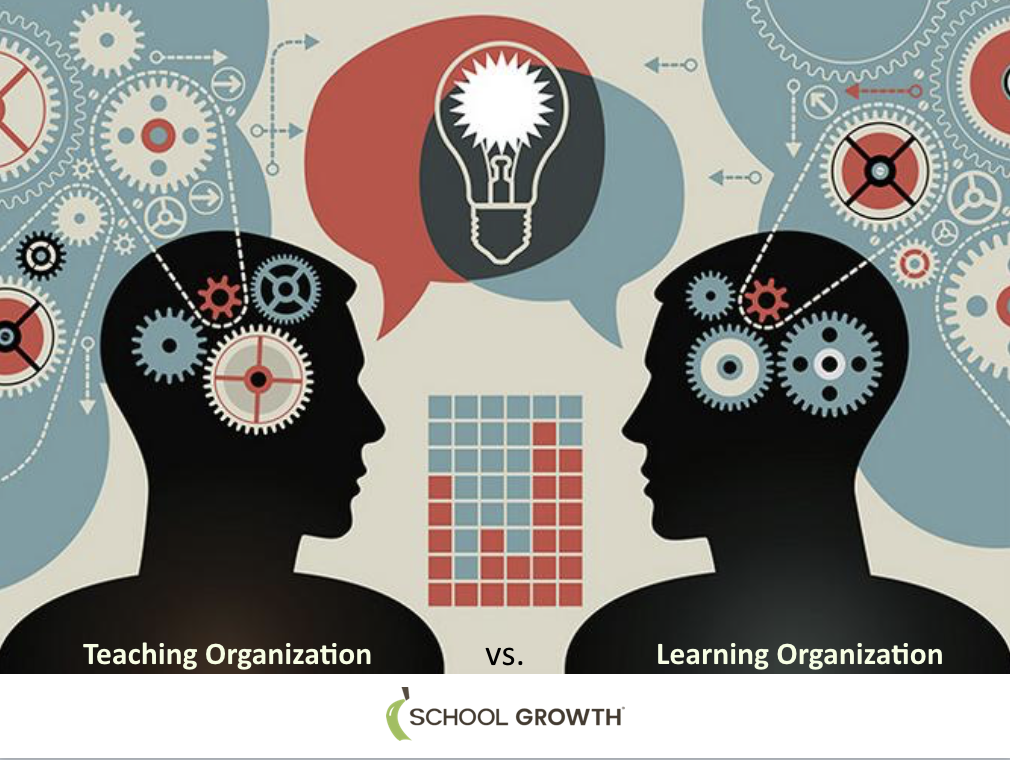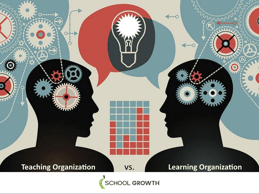
Is Your School Effective at Teaching AND Learning
 Is Your School Effective at Teaching AND Learning?
Is Your School Effective at Teaching AND Learning?
A teaching organization and a learning organization are quite distinct. When the leadership of a school advances as a learning organization, they achieve a sustainable competitive advantage to grow.
The Teaching Organization
Schools have existed for centuries. The founding of the first known primary school began around 425 AD, so we have lots of experience with various forms of teaching organizations.
A teaching organization has curriculum to convey to a target group of students to reach a level of mastery. Ideally the school has a cohesive educational philosophy and consistent experience delivery that optimizes the growth of its students.
The Strategic Growth Plan for your school should leverage your expertise in research and instructional design to establish Thought Leadership among your community. A powerful way to sustain your position as a thought leader among your target market of families is to teach them what you know. Not just about the core subject areas (math, science, literature, history, etc.), but also about successfully navigating the challenges of growing up.
The families in your community don't just want to know that you're smart--they want to know that you care. That gives you the opportunity to go beyond traditional expectations to create a deeper bond as a teaching organization.
The Learning Organization
A Learning Organization, on the other hand, has developed five specific disciplines to create a culture that enables faster adaptation and greater growth.
Peter Senge is the best known author regarding learning organization theory. In The Fifth Discipline, he identified the five disciplines of a learning organization and even created a Fieldbook for Educators to provide specific examples and guidelines.
In our research and experience, we've found schools that learn gain these advantages:
- Adapt faster to new opportunities & competitive threats
- Grow at a faster rate
- Build deeper relationships & more productive engagement
- Achieve beyond the basics, to create a culture of excellence
- Gain deeper knowledge of their target markets
- Prioritize for greater Return on Investment
We're excited that continuous improvement has become more prominent in the requirements of school accrediting agencies. This commitment must be a permanent cultural priority rather than just a point of compliance that is temporarily adopted to satisfy an accreditation visitation team.
The disciplines of continuous improvement can be objectively measured and the habits cultivated to improve the lives of faculty, students, and parents. Schools that commit to these disciplines are consistently outperforming their peers, especially in highly competitive markets.

.png?width=1000&height=199&name=SG-Logo3-Transparent-1000x199px%20(1).png)




